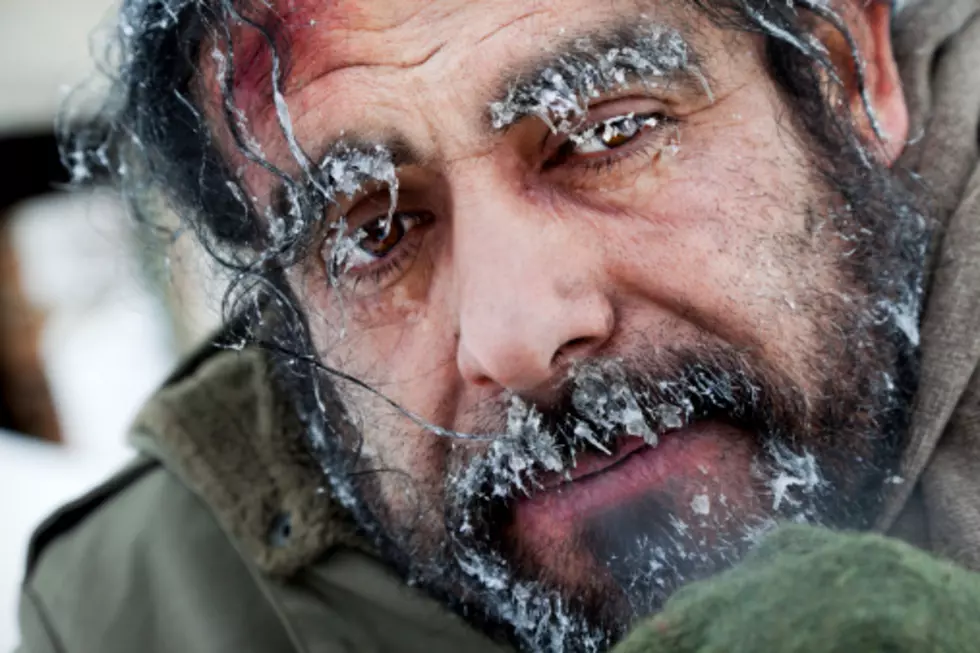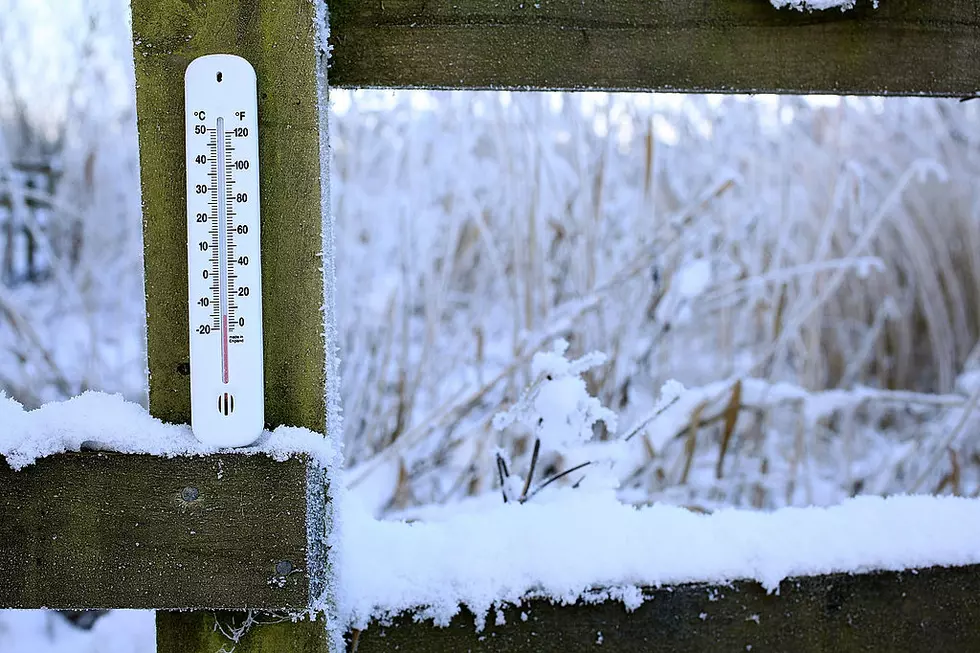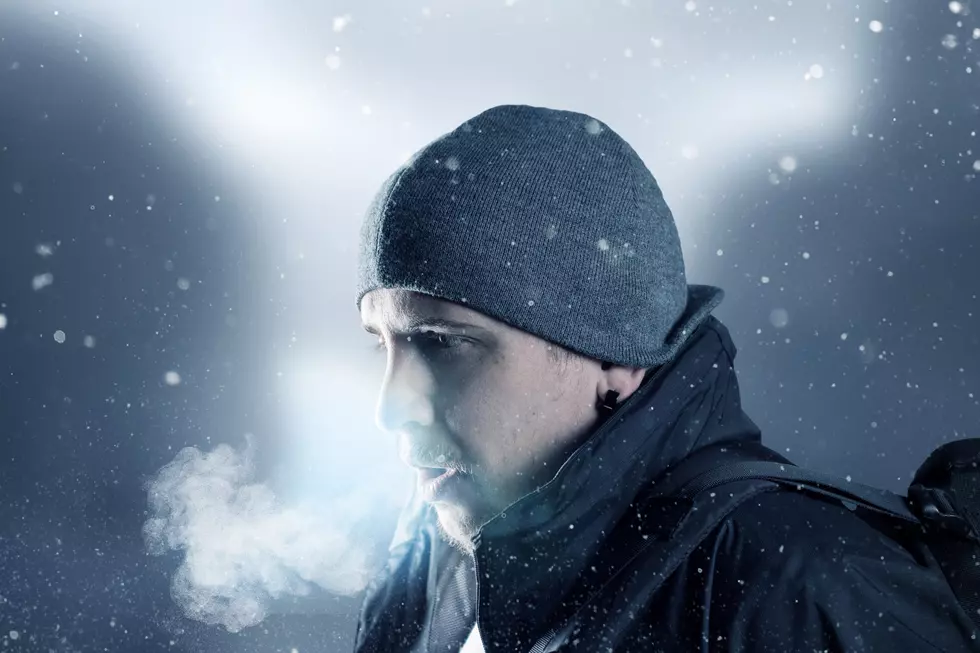
Frostbite – What Is It And How To Prevent It
With a high temperature of 0 on Saturday, we hear an awful lot about frostbite. What is it? Know the warning signs and what actions to take to protect yourself and your loved ones.
What Is Frostbite?
Frostbite happens when the body's survival mechanisms kick in during extremely cold weather. To protect the vital inner organs, the body cuts circulation to your extremities: feet, hands, nose, etc., which eventually freeze. If you must go out, try to cover every part of your body: ears, nose, toes and fingers, etc. Mittens are better than gloves. Keep your skin dry. Stay out of the wind when possible. Drink plenty of fluids since hydration increases the blood's volume, which helps prevent frostbite. Avoid caffeine, alcohol, and cigarette. Caffeine constricts blood vessels, preventing warming of your extremities. Alcohol reduces shivering, which helps keep you warm. Cigarettes shut off the blood flow to your hands. Below are indicators of frostbite:
First degree: Ice crystals are forming on your skin.
Second degree: Skin begins to feel warm even though it is not yet defrosted.
Third degree: Skin turns red, pale or white.
Fourth degree: Pain lasts for more than a few hours, and skin may develop dark blue or black. See a doctor immediately if these symptoms arise. Gangrene is a real threat.
Frostbite First Aid:
Get indoors as quickly as possible:
Until you can get indoors:
- Don't rub or massage cold body parts.
- Put your hands in your armpits.
- Hold onto another person or animal.
- Drink warm liquids.
- Put on extra layers of clothes, blankets, etc.
- Remove rings, watches and anything other tight jewelry or related items.
Once indoors:
- Don't walk on a frostbitten foot. You could cause more damage.
- Get in a warm, NOT hot, bath and wrap your face and ears in a moist, warm, NOT hot, towel.
- Don't get near a hot stove or heater or use a heating pad, hot water bottle, or a hair dryer. You may burn yourself before feeling returns.
- Frostbitten skin will become red and swollen and feel like it's on fire. You may develop blisters. Don't break the blisters. It could cause scarring and infection.
- If your skin turns blue or gray, is very swollen, blistered or feels hard and numb even under the surface, go to a hospital as soon as possible.
Hypothermia: Cold-Blooded Killer
When your body temperature sinks below 96°F, you have hypothermia. Prolonged exposure to temperatures as warm as 60°F, particularly in water, can trigger hypothermia if you aren't properly dressed. Of the approximately 1,300 people the CDC maintains hypothermia kills yearly, most are seniors, according to the National Institute of Aging, but some are children and young adults. Everyone needs to be careful. Some medicines, problems with circulation, and certain illnesses may reduce your ability to resist hypothermia. As you age, your body becomes less efficient at letting you know when you are too cold. Also, older people tend not to shiver effectively, one of the ways the body warms itself up.
Remember these tips to help prevent hypothermia:
- Dress in layers
- Wrap up well when going outside in the cold.
- Avoid breezes and drafts indoors.
- Eat nutritious food and wear warm clothes to ward off the winter chill.
- Wear a warm hat in the winter.
- Eat hot foods and drink warm drinks several times during the day.
- If you live alone, ask a family member of neighbor to check on you daily or have a camera installed that a family member can view on their computer.
- Ask your doctor if any medicine you're taking increases your risk of hypothermia.
- Drugs that may cause a problem include barbiturates, benzodiazepines, chlorpromazine, reserpine, and tricyclic antidepressants.
If your temperature is 96°F or less, you feel cold and sluggish or are having trouble thinking clearly, see your doctor immediately or go to the nearest emergency room. It's better to be overly cautious than to die of a disorder that doesn't have to be deadly.
If you are trying to help someone who may have hypothermia, first call an ambulance. Then lie close to the person and cover both of you with thick blankets. The hotter you get, the more warmth you can give the other person. Don't rub the person or handle him or her roughly. [Information from The National Weather service]
MORE: What To Keep In Your Car When It's Cold
More From Big Frog 104









